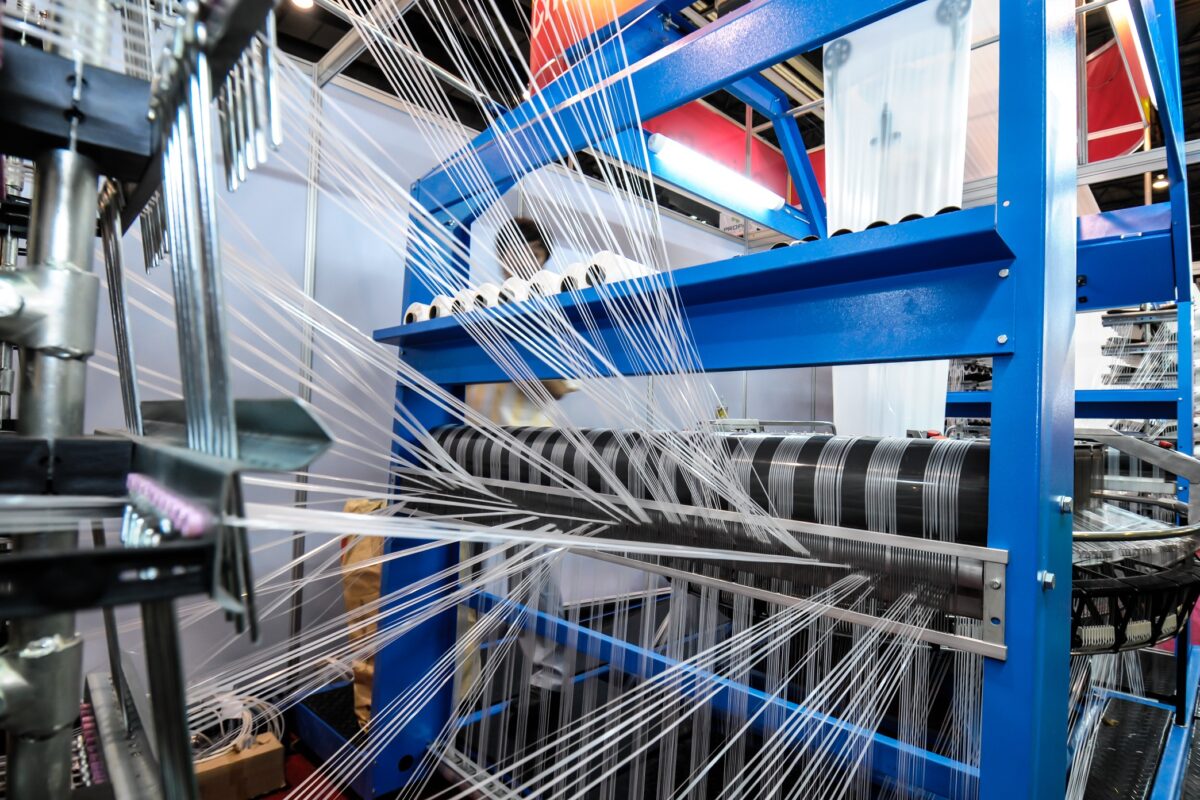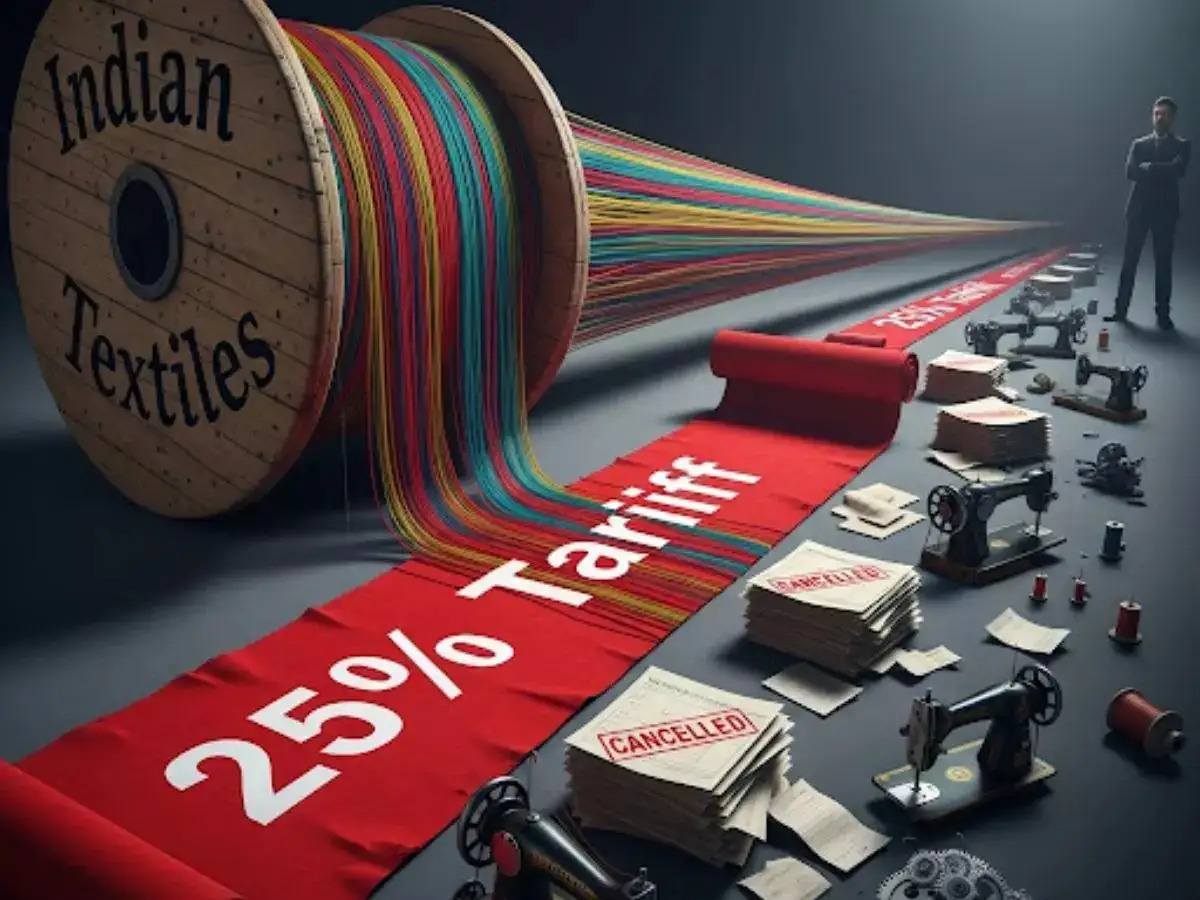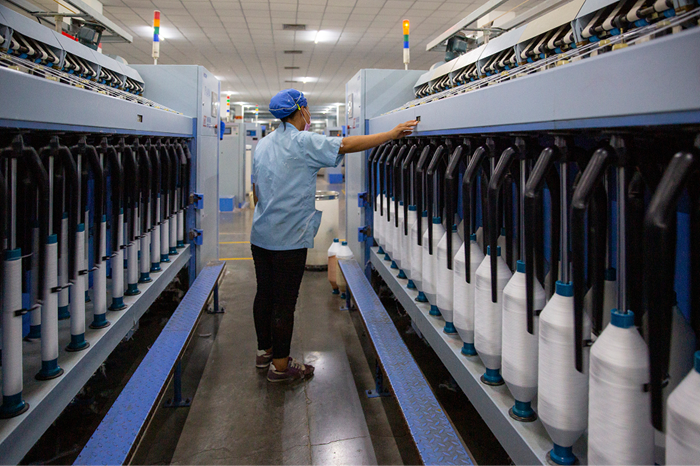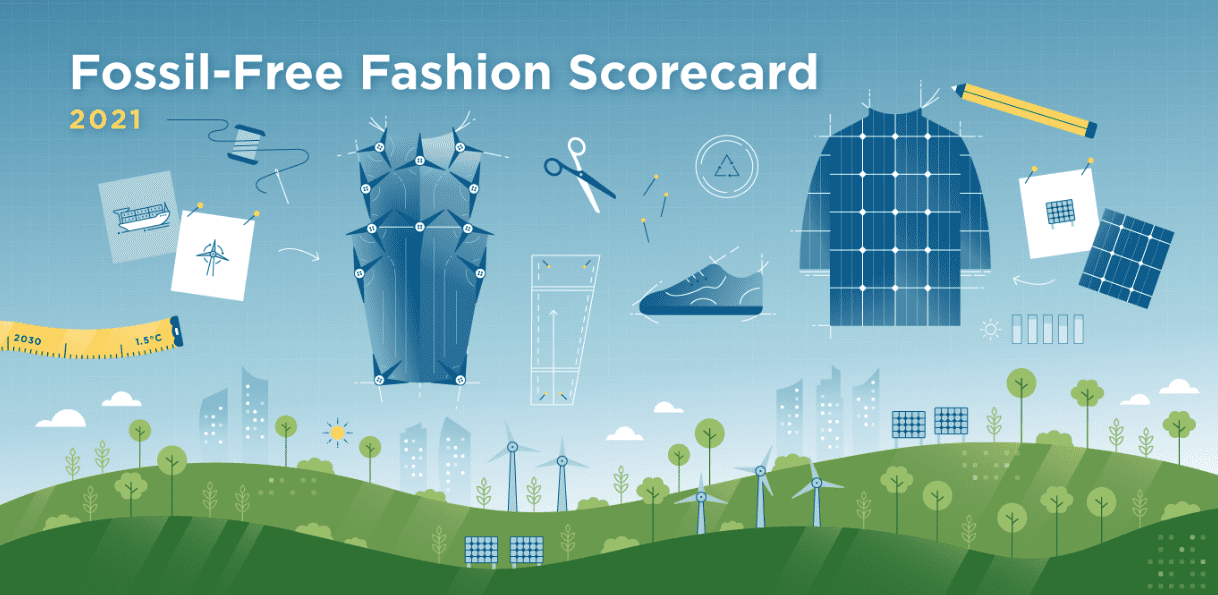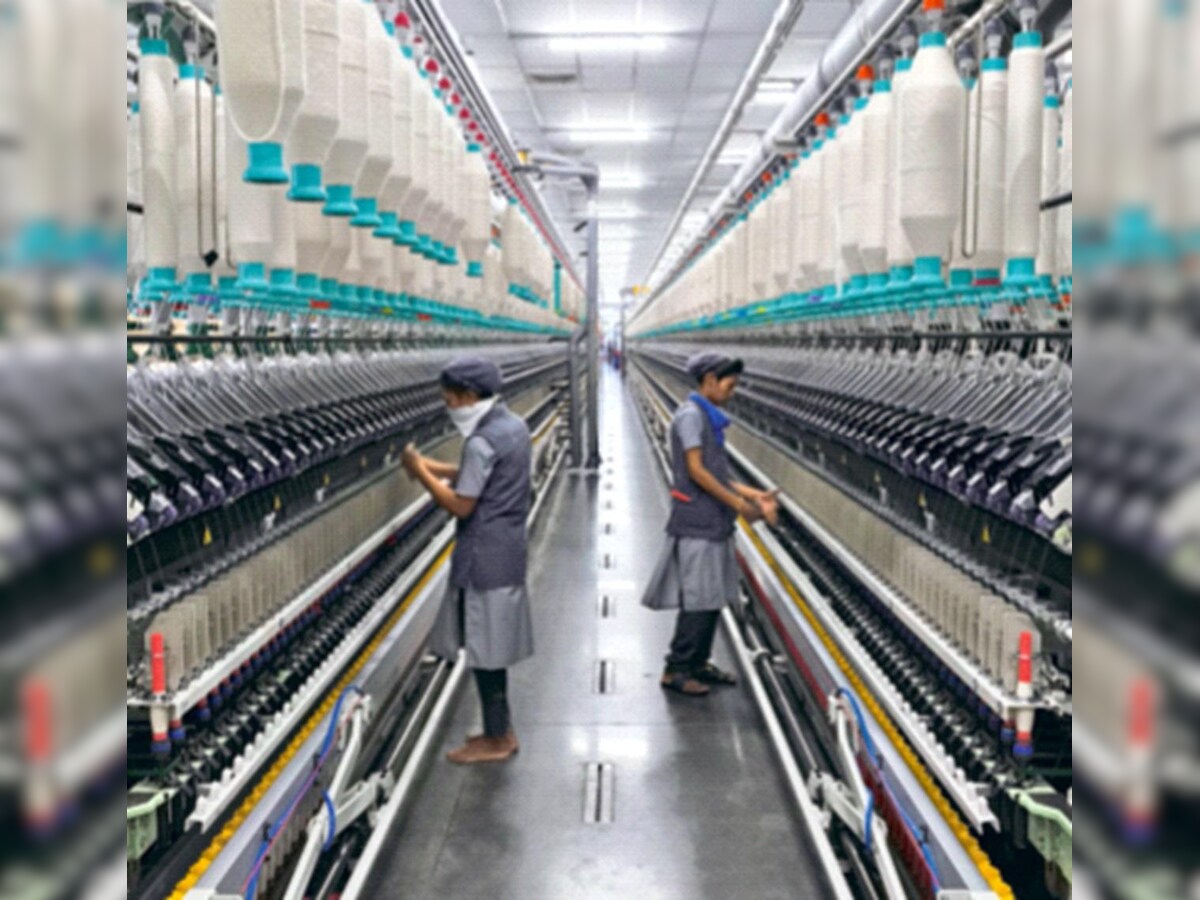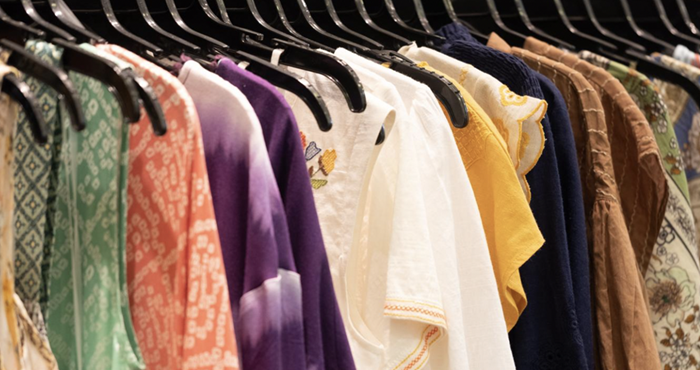FW
The 2017-18 world cotton projections include increases in global production, consumption, and ending stocks, while trade is reduced two per cent. Production is raised for Pakistan, China, and Mexico based on higher estimated planted area. Higher global consumption reflects increases for China, India, and Pakistan, which are largely due to higher domestic supplies.
China’s consumption is raised in both 2016-17 and 2017-18 as sales from the national reserve and steady imports suggest that consumption there is stronger than previously estimated. A reduction of nearly 8, 00,000 bales in world imports results primarily from lower expected demand by Pakistan and Mexico. Exports are lowered for the United States, India, Brazil and others.
US cotton projections for 2017-18 show a reduction of 5,00,000 bales in exports from May to 13.5 million, as higher anticipated foreign production is expected to reduce global import demand. Beginning stocks, production and domestic mill use are unchanged. Accordingly, ending stocks are now projected at 5.5 million bales which, if realized, would be a nine-year high.
The projected range for the 2017-18 marketing year average farm price of 54 to 74 cents per pound is unchanged from May while the price estimate for 2016-17 is reduced marginally to 68.5 cents.
Knitwear garment exporters from Tirupur are keen on doing business in the wool sector. Woolmark is imparting knowledge and technical skills about Australian merino wool to manufacturers and exporters in Tirupur. The company conducted a workshop on the natural properties of the fiber with a view to up-skilling their technical expertise and a few companies had successfully developed samples of garments made from wool.
Woolmark wants to encourage manufacturers and exporters to use merino wool as a fiber and will provide them the necessary technical support. Tirupur units in turn are interested in developing fabric using this fiber throughout their supply chain. Their joint efforts are expected to help produce and position merino wool garments in a different light and drive consumption locally as well as globally.
Apart from sweaters, wool can be used in the manufacture of sportswear, T-shirts and casuals, which can be worn in both hot and cool climatic conditions.
Woolmark is a subsidiary of Australian Wool Innovation, a not-for-profit enterprise that conducts research, development and marketing along the worldwide supply chain for Australian wool on behalf of about 55,000 woolgrowers.
The company hosted a fashion show in Delhi recently to showcase garments made of Australian merino wool through a farm to fashion journey.
Creating a new cotton futures contract took Intercontinental Exchange years of planning, multiple rounds of wrangling with cotton merchants and finally an act of US Congress — but the exchange operator has quietly pulled the plug just 18 months after its debut.
The global product was designed as an alternative to the US cotton futures contract that has been the industry benchmark for decades, but whose limitations have contributed to wild price swings.
The new product, however, failed to take off, underlining the challenge of creating new derivatives products from scratch. Despite early expressions of interest, the global contract never attracted much volume after its launch in November 2015. The last trade took place a year ago.
The failure of the world cotton futures contract speaks to the difficulty of generating interest in a new derivatives market when liquidity is concentrated in another one.
Merchants had advocated for a world futures contract to overcome the constraints of the longstanding benchmark, which allows only US-grown bales to satisfy delivery obligations. When domestic supplies are tight, market squeezes and wild price moves sometimes result.
Despite its drawbacks, the ICE’s US cotton futures contract has registered record open interest of more than 2,00,000 contracts this year.
The organisers of the upcoming Apparel Textile Sourcing Canada (ATSC) show, the premier international apparel and textile sourcing event in Canada, are set to unveil the latest innovations in smart apparel and textiles on June 14, 2017. It will be a sneak peek of trending technologies that will be showcased at the ATSC show that will begin from August 21, 2017.
The technologies to be unveiled include self-heating winter coats and boot insoles, smart shirts for men, women and children that monitor everything from steps and calories, to breathing and heart rates, leg bands that measure muscle performance and help avoid injuries, LED-backlit apparel and textiles and socks that improve balance, and multi-sensor insoles that help prevent falls.
Representatives from over 20 countries will visit the ATCS show to exhibit their trending apparel and textiles. The participation of a rapidly-growing number of local and international exhibitors demonstrates confidence in the Canadian economy and the importance of the apparel and textile industry both in Toronto and nationally.
ATSC will also feature three full days of seminars, panels and sessions by leaders in industry, government and fashion, and a fashion runway event showcasing Canadian student and international exhibitor designs.
The trade show connects buyers to manufacturers from around the globe. This is meant to give a boost to small businesses, retailers, manufacturers and designers across Canada.
Garment traders in Jharkhand may close shop for a day in protest against the five per cent Goods and Services Tax (GST). They say it is extremely difficult for a trader doing his garment business in almost no space and sometimes at almost no profit to install a set-up for GST compliance. The systems, training and education and so many other things associated with it would only force traders to exit the business if GST is imposed on garments.
The Jharkhand Wholesale Garment Traders Association has strongly opposed the five per cent GST on garments saying that garments are a basic need of the poorest of the poor and imposing any tax on garments would be similar to imposing a tax on shrouds.
GST would benefit the industry in terms of lower logistic costs, low lead times, make pan-India selling easier by removal of forms needed, reduce administrative hassles by creating a single tax window, reduce costs by allowing taxes in all expenses to be adjusted etc.
However there a few oversights and anomalies which need to be corrected. Textiles is a very fragmented and unorganised industry. Mostly manufacturers just do a single process and hence a lot of job working is involved. Pre GST it was recognised as a manufacturing activity and exempt from service tax. However such exemption is missing in the current GST exemptions for services. This means it would have a 18 per cent GST rate which would make the job work segments and their principals uncompetitive against large composite mills who will not have this impact due to in-house production.
The Rebate of State Levies scheme helped India achieve an export growth of 31.7 per cent in April 2017 compared to April 2016.This is what a survey done in 8 states by Apparel Export Promotion Council (AEPC) discovered.
It’s believed continued ROSL support will help exporters expand their factories, lead to a higher rate of employment, better work environment and better prices for farmers. Since its rollout in September last year, the scheme has helped turn the tide of falling apparel exports. Since then growth has been on an upward trajectory, peaking in April this year.
During March to April 2017, Indian garment exporters were able to increase production by around 30 per cent for achieving this growth and employed at least five per cent more workers during the same period. The Rebate of State Levies has helped the industry increase production at very competitive rates for a larger share of global markets.
64 per cent of the respondents are of opinion that continued ROSL support will help them expand their factories. The respondents are also of opinion that expansion of factories will also lead to higher rate of employment (67%), better work environment (73%) and better prices for farmers (50%).Moreover, 77% exporters are of the view that ROSL can be continued in its existing form. Commenting on the findings of the survey, Ashok G Rajani, chairman AEPC said, “AEPC has been reiterating the importance of ROSL for the industry. ROSL has helped industry deliver phenomenal growth for the sector. ROSL since its announcement in last June added a positive sentiment amongst exporters and roll-out in September last year helped lifting the falling apparel exports. Since then the growth has been on an upward trajectory peaking in April this year.”
An overwhelming proportion of beneficiaries of the ROSL scheme are exporters with a turnover of less than Rs 10 crores a year.The ROSL scheme is in tune with the recognized economic principle of zero rating of export products and in recognition of the fact that at present only central levies are rebated by way of drawback schemes.
The ROSL benefit not only ensured Indian made-ups were competitive in the world markets but also encouraged Indian players to expand capacity to meet overseas demand.
Incorporated in 1978, AEPC is the official body of apparel exporters in India. It provides invaluable assistance to Indian exporters as well as importers/ international buyers who choose India as their preferred sourcing destination for garments.
The country’s export to its giant next door neighbour increased marginally in July-May period of the current fiscal year.Latest statistics, released by the Export Promotion Bureau (EPB), showed that export to India stood at $636 million during the period under review.
The amount was 3.75 per cent higher than the export value of the 11months of the past fiscal year. Export to India fetched $613 million in July-May period of the fiscal year 2015-16 (FY16). Total annual export to India in the past fiscal year was $689.62 million.
After India granted duty free quota free access to Bangladesh in 2011, the RMG exports to India have more than doubled to $136.4 million in 2015-16 from $55 million in 2011-12. In 2015-16, Bangladesh’s RMG exports to India grew by 31 percent. Bangladesh’s overall exports to India have also increased by 30.82 percent at the same time.
Missoni is a Made in Italy artisanal luxury fashion brand. It is a relatively small company considering that the luxury sector is characterized by giant international groups. About 85 per cent of Missoni’s customers are foreigners, with the US, the UK, Korea, Japan and the Middle East as top buyers. The next stop is China.
The company, which manages all the production phases both of clothing and accessories, is eyeing investments in the future to accelerate growth. Legendary Italian brand Missoni is loved for its instantly recognizable zigzag patterns and signature crochet knitwear. Its bikinis epitomize jetset glamour.
Missoni was founded in 1953. Its online shop, created seven years ago in partnership with Yoox, is registering a 50 per cent sales growth year after year. It will re-unite men’s and women’s runaways, starting from September fashion week in Milan, to respond to a rapidly changing market.
The creativity and capacity for innovation inherent in the company are proof of substantial knowhow. Among the distinctive values of the products, as well as imaginative use of patterns and colors, stand out the selection of the right materials and careful workmanship that are distinguished by the refined techniques, even manuals, such as embroidery.
Chinese designers have made strides in recent years by shifting from copying to developing their own identities based on creativity and culture. More than 200 colleges and universities in China now offer design-related majors, preparing fashion aficionados for jobs in the industry.
The industry has also attracted talented designers who have returned from studying and working abroad, including those who have worked for world-renowned luxury brands such as Celine and Burberry. Designers in China are also experimenting with a mix of design and lifestyle by opening spaces that offer coffee, books, exhibitions, and clothes.
Instead of just selling products or services, Chinese fashion companies are now also selling culture. China's strong manufacturing power has laid a solid foundation for the development of the fashion industry, allowing ideas to be executed and products to be sold more efficiently.
As Chinese manufacturers try to move up the value chain as part of the country's Made in China 2025 plan, designers in China are working to reinvent themselves from mere imitators to innovators.
Unlike in France or Italy, China's fashion industry took off around the same time as the development of the internet, which made it easier for industry insiders to have an internet mindset and computer skills. Technology is helping fashion designers with tailored marketing and flexible production, making personalized customer experiences possible.
GST will enable a seamless flow of credit to happen. However there are certain challenges which arise in terms of the input tax credit because of the way the entire supply chain is structured.
Today there are service providers in the manufacturing chain who are job workers, processors, knitters etc. In the past there was zero tax on the services that they provided and now a tax of 18 per cent has been proposed.
The industry would like the rate of tax to be payable on job workers, knitters and processors to come down from 18 per cent to five per cent. So the benefits that are due to come due to lowering of the tax rate at five per cent can be passed on to the end consumer and the amount of input tax credit that would be left behind actually reduces back to the original level.
There are two aspects to it. One is a state forward savings which comes in because of any reduction that has happened in the effective tax rate. Two, there is a significant amount of opportunity to optimise and bring in efficiency in the supply chain which could lead to a reduction in the cost.

